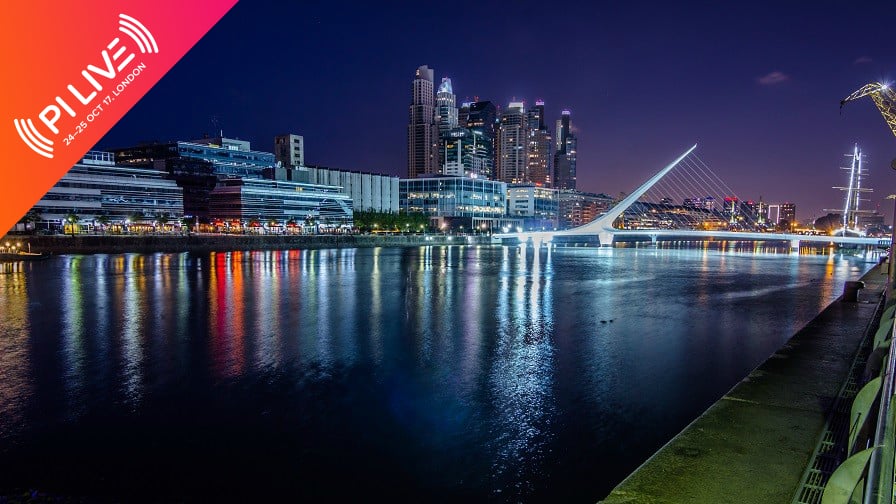Latin America might just be the region to watch out for when it comes to digital advertising. Propelled by the surging investment coming from key markets including Brazil, Argentina, Chile and Mexico, the region is growing in strength and ad power, with businesses working there believing it’s the “next great advertising ecosystem”, as described by the Americas MD of data-driven tech company AppLift, Andrew Birnbryer.
Zenith Advertising Expenditure Forecast recently found that LatAm, alongside the Central and Eastern European (CEE) and Asia Pacific (APAC) markets, is increasingly contributing to the overall ad spend of 4.2% this year, on track to reach US$559 billion by the end of 2017. Comparatively, the expected average annual growth for LATAM ad spend is 3.0% to 2019.
Fernando Narcio is LATAM MD at data management platform Lotame, and is confident that when it comes to digital advertising, “the stars are aligning” in the region. The source of his optimism? Continuous growth in Brazil, the largest economy in the region and the sixth largest advertising market in the world; promising forecasts for Mexico to become one of the top 10 contributors to ad spend growth globally within the next three years, as well as Argentina’s constant progress.
“These conditions, plus heavy smartphone adoption and use in the mobile-first region, will continue to fuel the exponential growth of digital advertising across the area,” Narcio explained.
Truly mobile-first
Mobile has been unanimously pinned down as the crucial driving force behind these optimistic forecasts. Although connectivity in the region has historically been poor and devices unaffordable for many, the trend “dramatically reversed” between 2015 and 2016 with Latin America now witnessing a strong growth in mobile usage.
“With increased network coverage, affordable devices, and less carrier billing reliance, Latin America is increasing smartphone penetration at a tremendous clip, second only to sub-Saharan Africa in terms of growth,” explained Birnbryer.
High social media usage also has an impact on the accelerating mobile spend in LATAM.
“The region has the highest social media usage in the world; on average users spend four hours a day on social, predominantly on mobile,” explained Amit Dar, strategic partnerships lead at mobile ad tech company Taptica.
Indeed, a study from AdExchanger has revealed that as many as nine out of 10 people with an internet connection own a smartphone, and those who do spend over 37 hours each week online. Dar believes penetration is set to rise by 78% by 2020 due to the fact mobile phones are getting cheaper, and a competitive mobile economy is already emerging in countries such as Colombia, Brazil and Argentina, “which in turn is leading to increased ad spend by brands out there,” he added.
Birbryer shares Dar’s optimistic prognosis for the advertising future in the region.
“Forecasts show mobile subscribers increasing over 50% in the next two years reaching half a billion by 2020. This increase and a market-specific app development strategy – most apps and services developed in Latin America are built for LATAM specific users – precipitates a significant influx of LATAM-focused mobile ad spend,” he commented.
“A region to watch”
Although APAC might currently be the most talked about region in terms of digital marketing advances, Zenith’s study has revealed that Latin America has also made an impact on global growth, and Dar believes Brazil is a key country to have contributed to the trend.
“There is a clear opportunity in mobile in Brazil, as mobile ad spend is currently only at 2% of total ad spend, as opposed to 68% on TV, where user screen time is 31% on mobile as opposed to only 24% on TV,” he explained, adding that Brazil is also set to be the fifth largest ad market in 2019, ahead of countries like Korea and Australia.
“We’re likely to see more brands investing in mobile ad spend there to capture this increasingly receptive market,” he said.
Birnbryer’s forecast also sees the region potentially outpacing “more mature markets” as advertisers increase their investments and “spend versus revenue generated” becomes even more considerable.


